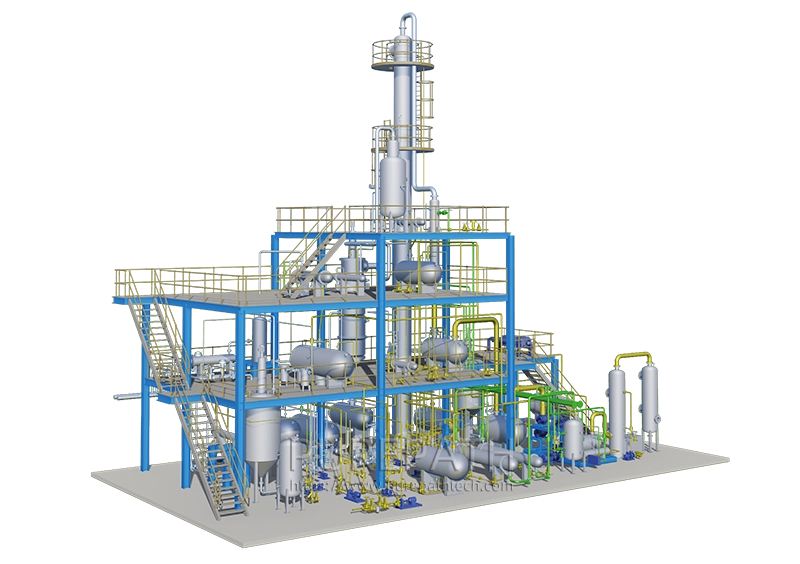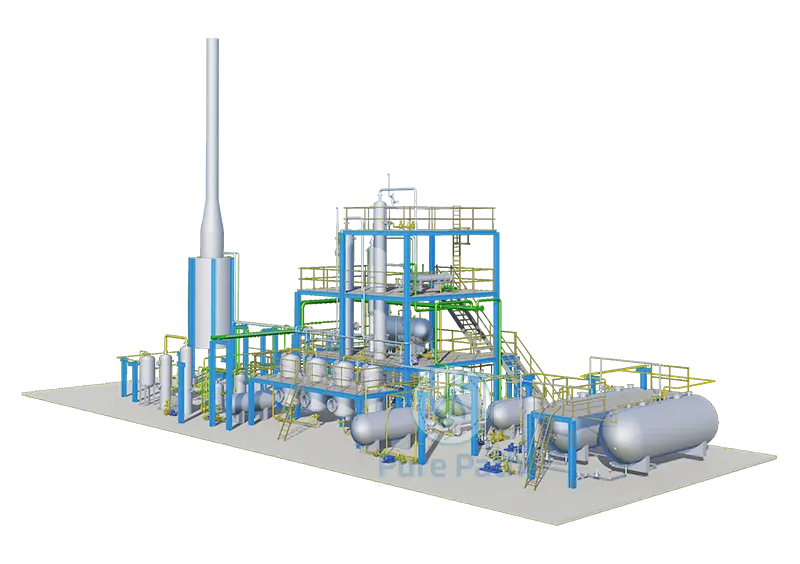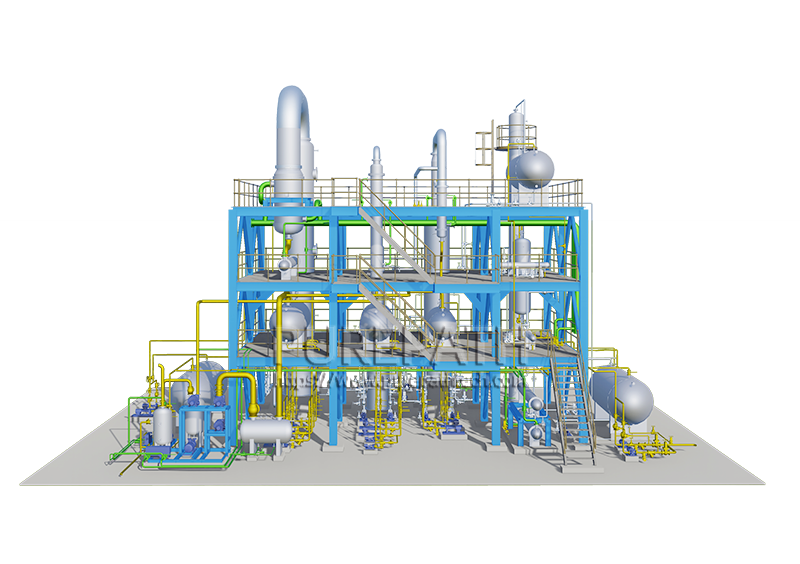Waste Oil to Diesel Plants vs. Waste Oil to Base Oil Plants: A New Way to Manage Waste Oil
Waste oil to diesel plants and waste oil to base oil plants are two types of facilities that can convert waste oil into a more useful product. These plants can help to reduce the environmental impact of waste oil, and they can also create a new source of revenue for businesses and organizations that generate waste oil. This article provides an in-depth comparative analysis of these two technologies, highlighting their processes, benefits, applications, and their respective contributions to a greener future.
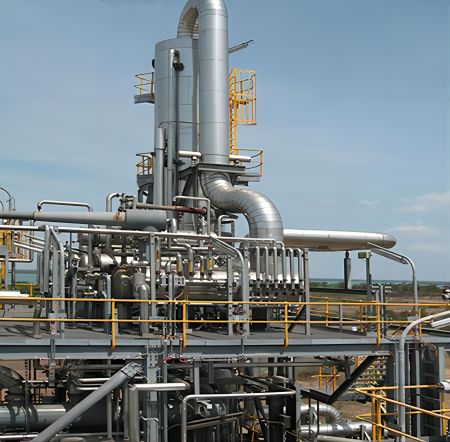
Waste Oil to Diesel Plant: A Fueling Solution
Waste oil to diesel plants are engineered to convert used lubricating oil, motor oil, or industrial oil into high-quality diesel fuel through a sophisticated refining process. The process typically involves several stages, including feedstock acceptance, pre-treatment, distillation, catalytic cracking, hydroprocessing, and product separation. Each stage plays a crucial role in transforming waste oil into a usable fuel.
Process Explanation
- Feedstock Acceptance and Pre-Treatment: Waste oil is collected and undergoes preliminary treatment, which includes removing impurities such as water, sludge, and solids.
- Distillation Process: The waste oil is subjected to distillation, a process that separates the oil into different fractions based on their boiling points.
- Catalytic Cracking and Hydroprocessing: These processes involve breaking down larger hydrocarbon molecules into smaller ones, enhancing the quality of the resulting diesel product.
- Fractional Distillation: Further distillation is performed to refine the diesel fractions and remove any remaining impurities.
- Product Separation and Refining: The final products are separated and refined to meet quality standards before being used as diesel fuel.
Key Features and Benefits
- Waste oil to diesel plants produce a direct substitute for conventional diesel fuel, offering a solution to the growing energy demands while reducing reliance on fossil fuels.
- The resulting diesel fuel meets high-quality standards, ensuring compatibility with existing diesel engines and infrastructure.
- Waste oil can be blended with petrodiesel, enhancing its properties and potentially reducing emissions.
- These plants enable the efficient utilization of waste oil, addressing both waste management and energy challenges.
- By converting waste oil into diesel fuel, these plants contribute to reducing environmental hazards associated with improper disposal of waste oil.
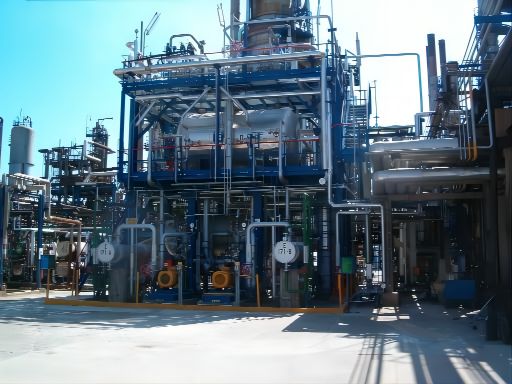
Waste Oil to Base Oil Plant: Nurturing Lubricant Production
Waste oil to base oil plants are designed to recycle waste lubricating oil into high-quality base oil, a key ingredient in the production of lubricants and greases. The process involves pretreatment, distillation, hydrofinishing, solvent extraction, dewaxing, dewatering, and final refining. Each step is critical in producing base oil with the required characteristics for lubricant manufacturing.
Process Explanation
- Pretreatment and Filtration: Waste lubricating oil is pretreated to remove contaminants and particulates, ensuring a cleaner feedstock.
- Distillation for Lube Oil Separation: The oil is distilled to separate it into different fractions based on their boiling points.
- Hydrofinishing and Solvent Extraction: Hydrofinishing enhances the quality of the base oil by removing impurities and unwanted compounds. Solvent extraction further purifies the oil.
- Dewaxing and Dewatering: Dewaxing is performed to remove waxy components that can hinder lubricant performance. Dewatering removes any remaining water content.
- Final Refining and Quality Enhancement: The base oil undergoes final refining to achieve the required viscosity, stability, and other properties needed for lubricant production.
Key Features and Benefits
- Waste oil to base oil plants play a crucial role in reducing the demand for virgin crude oil, as recycled base oil can substitute a significant portion of the virgin base oil used in lubricant manufacturing.
- The base oil produced is of high quality and suitable for use in a wide range of lubricants and greases.
- By recycling waste lubricating oil, these plants contribute to minimizing environmental impacts associated with the production and disposal of lubricants.
- They promote resource efficiency by extracting value from waste streams and channeling them back into the production cycle.
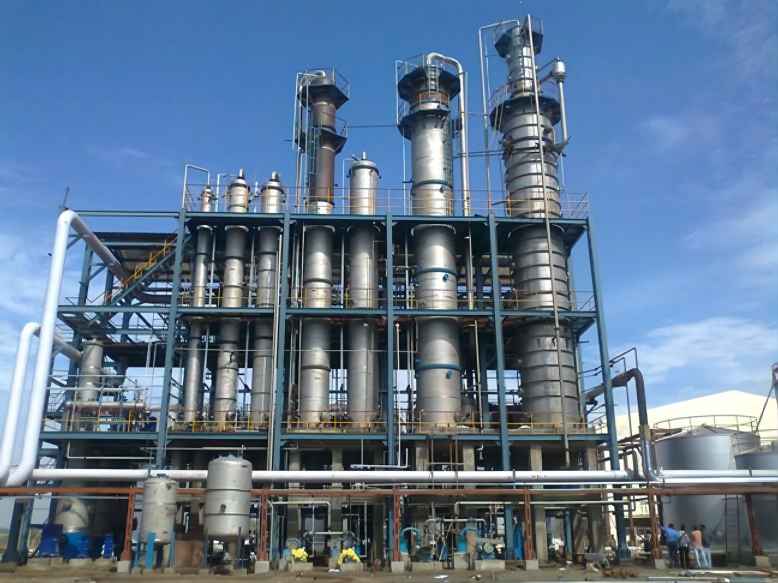
Comparative Analysis: The Difference Between Waste Oil to Diesel and Waste Oil to Base Oil Plants
While waste oil to diesel and waste oil to base oil plants share the common goal of transforming waste oil into valuable products, they differ in their end products, processes, and applications.
Feedstock and Product
- Waste oil to diesel plants produce diesel fuel suitable for various applications, including automotive and industrial use.
- Waste oil to base oil plants yield high-quality base oil primarily used as a raw material for lubricant and grease production.
Process Complexity
- Waste oil to diesel plants involve catalytic cracking and hydroprocessing, which break down and refine hydrocarbon molecules for diesel production.
- Waste oil to base oil plants require processes like hydro finishing, solvent extraction, and dewaxing to purify and enhance the characteristics of base oil.
End-Use Applications
- Diesel produced from waste oil to diesel plants can be used directly in diesel engines, providing a sustainable fuel option.
- Base oil produced by waste oil to base oil plants is a critical ingredient in lubricants and greases used across industries.
Environmental Impact
- Both technologies contribute to waste reduction and resource efficiency by reusing waste oil.
- Waste oil to diesel plants address the environmental issues related to waste oil disposal and emissions from burning waste oil.
- Waste oil to base oil plants reduce the need for virgin crude oil in lubricant production, lessening the carbon footprint associated with new oil extraction.
Economic Considerations
- Waste oil to diesel plants may have broader market demand due to the widespread use of diesel fuel.
- Waste oil to base oil plants targets specific industries reliant on lubricants and greases, potentially addressing niche markets.
Regulatory and Quality Standards
- Waste oil to diesel plants must adhere to diesel fuel quality standards to ensure the product’s compatibility with existing engines and emissions regulations.
- Waste oil to base oil plants must meet stringent quality standards for base oil to ensure optimal performance in lubricants and greases.
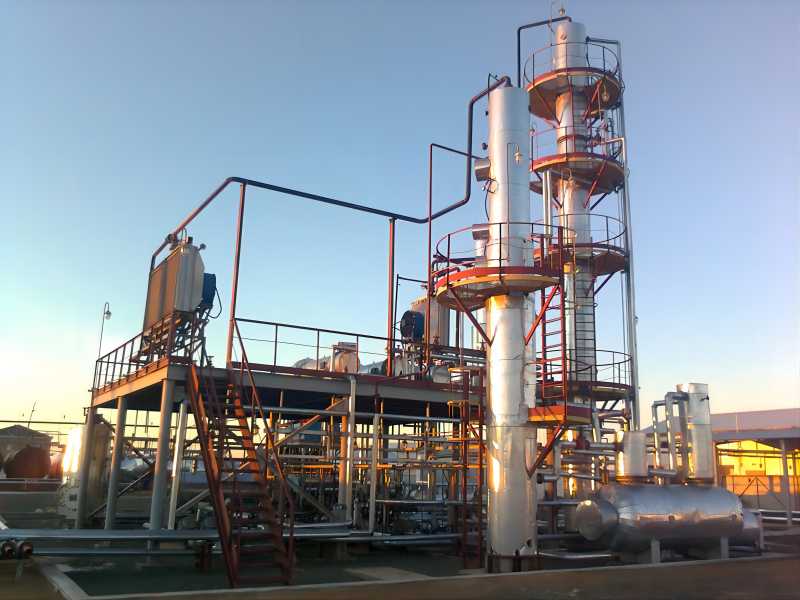
Conclusion
Waste oil to diesel and base oil plants are two promising technologies that can help to reduce the environmental impact of waste oil and create a new source of revenue for businesses and organizations that generate waste oil. Both technologies exemplify the potential of recycling and resource efficiency in solving environmental challenges and promoting a greener economy. The choice between these two technologies depends on factors such as market demand, application, and regulatory compliance, but regardless of the path chosen, the benefits to both the environment and the economy are undeniable.


